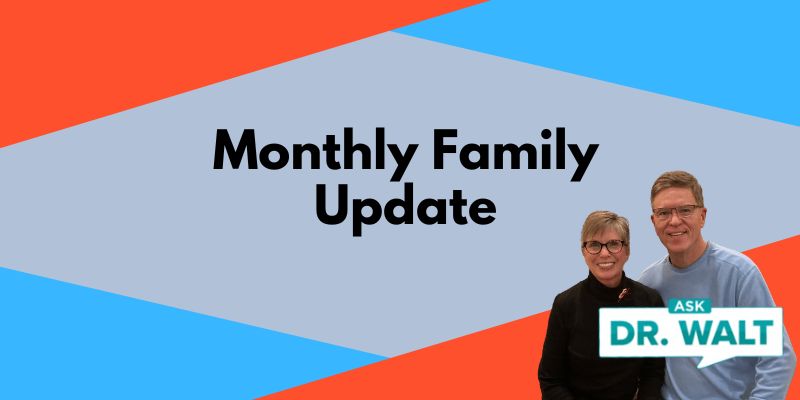Emergency medical care myths
Death, diabetes, and heart disease risk increase with only two hours of TV a day
July 18, 2011Long-term sedentary jobs linked to cancer risk
July 19, 2011In a Huffington Post report, Leigh Vinocur, M.D., debunked three emergency medical care myths. I must tell you that I believed each of these three “myths.” So, this article was very informative to me.
- Myth 1: Emergency care is the “most expensive” type of healthcare.
In 2008, HHS estimated healthcare spending was “at 2.4 trillion dollars, while during the same year,” the Agency for Health Care Research and Quality calculated total emergency care expenditure was “only 47.3 billion dollars – 2 percent of overall spending.”
In addition, a study from 1996 in the New England Journal of Medicine (NEJM) looked at the cost of a visit to the ER. “When you factor out fixed costs of having all these resources available, the actual cost of treatment of ER patients is comparable to treatment in a primary care office.”
- Myth 2: ERs are overcrowded because most “visits are unnecessary.”
Last year the CDC reported that “92 percent of emergency visits are for medical conditions that need treatment within two hours.”
- Myth 3: ERs are “overflowing with uninsured” patients.
There is a “federal mandate called the Emergency Medical Treatment And Labor Act (EMTALA) that ensures we treat everyone.” However, a 2009 Journal of American Medical Association “study http://jama.ama-assn.org/content/300/16/1914.abstract found that it was a misconception that ERs are full of uninsured patients.”
The CDC report referenced above, broke down the payer mix for emergency departments. They found only about 15 percent of patients in ERs were uninsured, 25 percent had Medicaid, Medicare accounted for about 17 percent and almost 40 percent had private insurance. The rest were unknown.
“The heaviest users of emergency departments are the elderly and the chronically ill. I’ve found that these patients use the ER as a supplement to their primary care as opposed to a substitute.”
The article ends with this warning:
As we move forward with health care reform, this is an important fact to remember. The state of Massachusetts knows this all too well.
After enacting their universal coverage policy they saw a 2 percent increase in the number of emergency visits across the state in just one year. This was due to an increasing demand for care – as more people got health insurance coverage – that was unable to be met by the supply of primary care doctors.
And now the American Association of Medical Colleges (AAMC) is predicting an even worse physician shortage. Americans will face a shortage of almost 90,000 doctors in the next 10 years. And as usual, it will be your local ER that picks up the slack.



